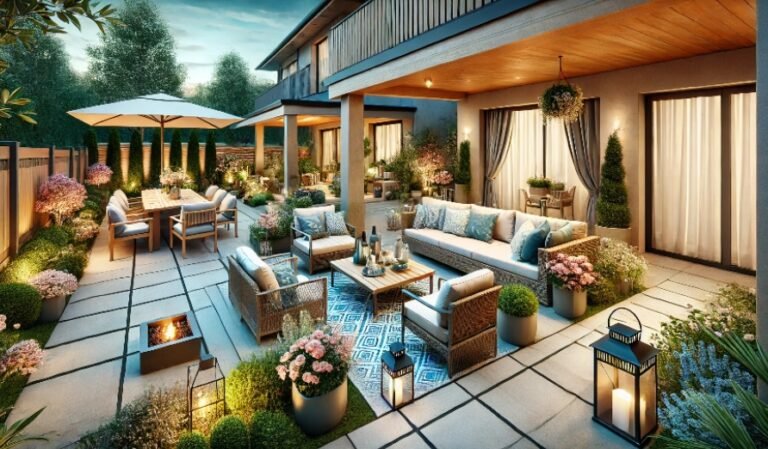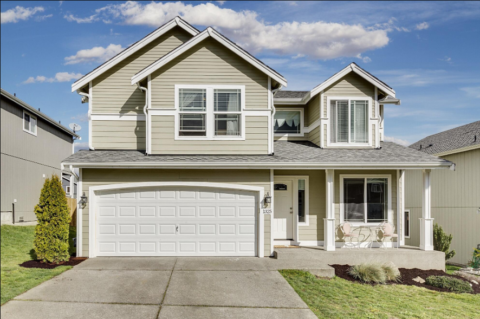Your patio is more than just an outdoor area; it’s an extension of your home where you can relax, entertain, and connect with nature. Whether you’re hosting summer barbecues, sipping morning coffee, or simply relaxing with a good book, designing a patio that is both functional and inviting is essential. However, creating the perfect patio involves more than just placing furniture outdoors. It requires careful planning and thoughtful design to ensure it meets your needs and enhances the overall aesthetic of your home.
In this blog, we’ll explore five key considerations to help you design a patio that’s not only stylish but also functional, ensuring you get the most out of your outdoor space.
1. Purpose and Functionality
Before diving into the design process, it’s crucial to determine the primary purpose of your patio. Are you looking to create a space for outdoor dining, a cozy lounging area, or perhaps a spot for evening gatherings around a fire pit? Understanding how you plan to use the patio will guide your decisions on layout, furniture, and materials. For instance, if you’re designing a space for dining, consider a durable dining table and comfortable seating. n.
2. Layout and Space Planning
Once you’ve identified the purpose of your patio, the next step is to plan the layout. A well-thought-out layout maximizes the use of space and ensures a natural flow between different areas of your patio. Begin by measuring your outdoor area to understand the dimensions you’re working with. Then, create zones for different activities, such as dining, lounging, and cooking. Consider traffic patterns and ensure there’s enough room for movement between these zones.
3. Material Selection
The materials you choose for your patio play a significant role in its overall look and feel. From flooring to furniture, each material should be selected based on durability, maintenance, and aesthetic appeal. For the patio surface, options like natural stone, brick, or concrete pavers are popular for their durability and design possibilities. When selecting furniture, consider materials like teak, wrought iron, or all-weather wicker, which can withstand the elements while adding style to your space.
4. Comfort and Ambiance
Creating a comfortable and inviting ambiance is key to making your patio a space where you’ll want to spend time. Start with comfortable seating that encourages relaxation, such as cushioned chairs or hammocks. Shade options like umbrellas or pergolas can provide relief from the sun. Lighting is another critical factor in setting the mood; consider string lights or lanterns to create a warm and inviting atmosphere in the evening.
5. Privacy and Landscaping
Your patio should feel like a private retreat, shielded from the prying eyes of neighbors or passersby. Add tall plants, hedges, or trellises with climbing vines to create natural barriers. You can also use screens or lattice panels to block unwanted views while adding a decorative touch. Landscaping plays a vital role in enhancing the beauty of your patio. Choose plants that complement your home’s exterior and suit your climate.
Designing a functional and inviting patio involves careful consideration of its purpose, layout, materials, comfort, and privacy. By taking these factors into account, you can create an outdoor space that enhances your home’s appeal and provides a welcoming environment for you and your guests. Whether you need professional assistance or expert advice, handyman Richmond Hill offers a range of services to help bring your vision to life. Our team specializes in patio and porch services that are tailored to your needs, ensuring your outdoor space is both beautiful and functional.

Daniel J. Morgan is the founder of Invidiata Magazine, a premier publication showcasing luxury living, arts, and culture. With a passion for excellence, Daniel has established the magazine as a beacon of sophistication and refinement, captivating discerning audiences worldwide.





